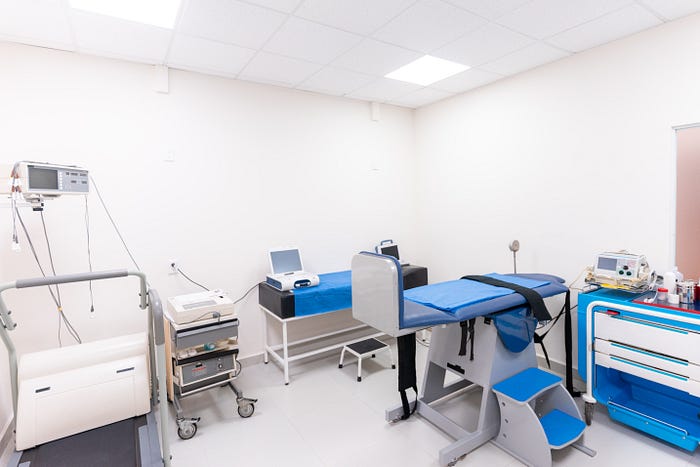
Introduction
Emergency rooms (ERs) are critical healthcare settings where immediate medical attention can make a life-saving difference. To effectively respond to emergencies, these facilities must be equipped with essential medical equipment that enables healthcare professionals to provide prompt and efficient care. In this blog, we will discuss five vital medical equipment items for emergency rooms, ensuring the best possible outcomes for patients in critical situations.
Defibrillators
Defibrillators are crucial in emergency rooms for treating life-threatening cardiac arrhythmias. These devices deliver an electric shock to the heart, restoring its normal rhythm. Automated External Defibrillators (AEDs) are portable and easy-to-use devices that can be operated by trained medical personnel and even non-medical individuals in emergencies. Immediate access to defibrillators significantly improves the chances of successful resuscitation and survival following a cardiac arrest.
Ventilators
Ventilators are essential in the management of patients who are unable to breathe adequately on their own. They deliver a steady supply of oxygen and assist with the removal of carbon dioxide. In emergency rooms, ventilators play a critical role in supporting patients with severe respiratory distress or failure due to conditions such as asthma, pneumonia, or acute respiratory distress syndrome (ARDS). Advanced ventilators offer various modes of ventilation, allowing healthcare professionals to tailor treatment to individual patient needs.
Monitors
Patient monitors are vital devices that provide real-time information about a patient’s vital signs, such as heart rate, blood pressure, oxygen saturation, and respiratory rate. These monitors allow healthcare professionals in the emergency room to closely monitor a patient’s condition and make immediate interventions if necessary. Advanced monitors can also provide continuous electrocardiogram (ECG) monitoring, capnography (carbon dioxide level monitoring), and invasive blood pressure monitoring for critically ill patients.
Ultrasound Machines
Ultrasound machines have become indispensable tools in emergency rooms. They provide immediate diagnostic information without exposing patients to ionizing radiation. Ultrasound imaging aids in rapidly assessing various conditions, such as abdominal pain, trauma, and vascular emergencies. Additionally, ultrasound-guided procedures, such as central line placement and nerve blocks, enhance accuracy and safety in emergency room interventions.
Crash Carts
Crash carts, also known as emergency carts or code carts, are mobile units equipped with a wide range of emergency medications, supplies, and equipment. These carts are strategically placed throughout the emergency room for quick access during critical situations. Crash carts typically contain medications for resuscitation, intubation equipment, defibrillators, emergency airway devices, and other essentials. Having a well-stocked crash cart readily available ensures that healthcare providers have immediate access to the necessary tools to respond effectively in emergencies.
Conclusion
Emergency rooms are high-stress environments where quick and accurate medical interventions can save lives. Equipping these facilities with essential medical equipment is crucial to ensure optimal patient outcomes. Defibrillators, ventilators, patient monitors, ultrasound machines, and crash carts are just a few examples of indispensable equipment needed in emergency rooms. By investing in these vital tools, healthcare providers can deliver timely and effective care, improving the chances of survival and recovery for patients in critical situations.
